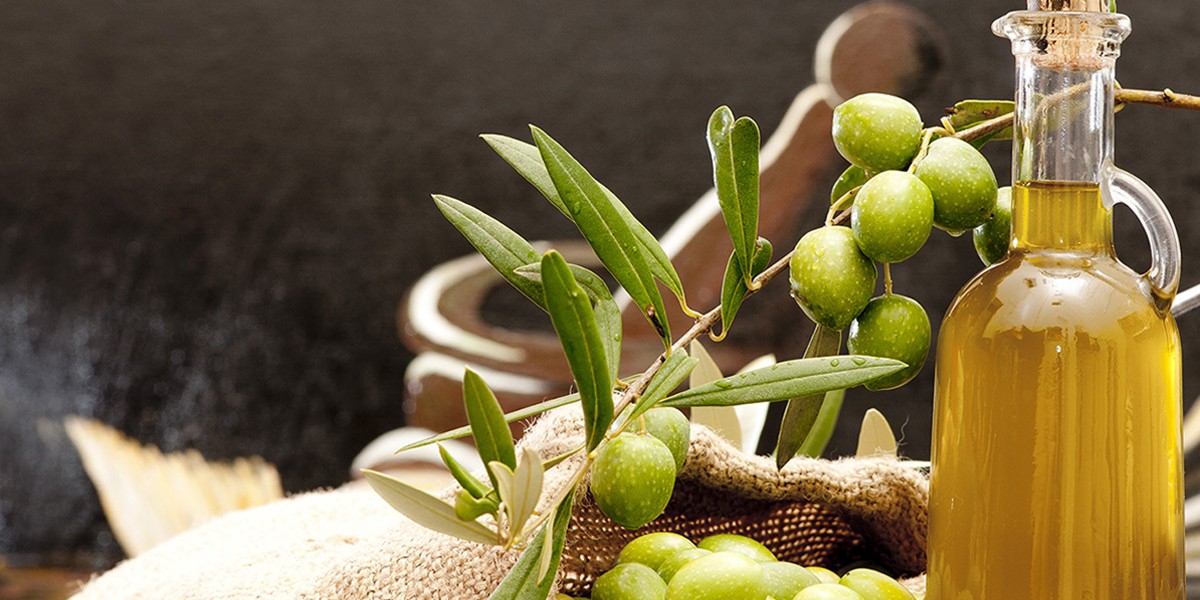Did you know? Top 5 most common olive oil myths

Olive Oil and Extra Virgin Olive Oil has been recognized globally as an almost "super food" that everyone should daily include in his diet, with endless undeniable benefits for our health.
Of course, many of what we thought we knew about olive oil are not quite true…
Myth 1: "First Cold Press" Extra Virgin Olive Oil is the best choice.
With olive oil mills in Europe undergoing a significant technology upgrade in the 2nd half of the 20th century, olive oil, for the most part, is no longer “pressed” (e.g., “First” or “Second” pressing) but rather “extracted” (in a single series of processing steps) using modern centrifugation (centrifugal separation) and malaxation (mixing) processes. The “Cold” refers to the fact that, as per International Olive Council (IOC) extra virgin olive standards, no additional heat is added to the overall process (limit is 27o C). As such, the correct modern terminology is “Cold Extraction”. No need for “First”, “Second” etc…
Myth 2: Colour is an indicator of olive oil quality.
One of the most outrageous and truly misleading myth following the olive oil. The colour, which can range from dark green to light yellow is tied to the level of chlorophyll and/or carotenoids, while it also depends on the area from which the olives are grown, the climate, the variety and many other reasons.
Myth 3: "Light" or "extra-light" olive oil is lower in calories.
The “light” description has absolutely nothing to do with fat and calories! In fact, it is the flavour, taste and colour of the oil that are being marketed. “Light/ Extra-light" oils contain ~ 120 calories and 14 grams of fat per tablespoon - just like any other oil.
Myth 4: Low “acidity” (e.g., < 0.3%) is the most important hint that consumers should be looking for to guarantee quality.
The “Extra Virgin” classification of olive oil essentially consists of two core elements, chemical and sensory. Most consumers are familiar with the chemical piece, and in particular, the so-called free acidity which needs to be < 0.8% to meet the IOC standard for EVOO. Consumers need to be very careful about “extra virgin olive oil” labeling and purchase products that always indicate their origin and the producer’s information.
There is not standard formula, but as far as the EVOO’S labels are concerned, you should at least make sure of a where it comes from, how it was processed and what gone into it : the more information on the label, the better the oil is.
Myth 5: You can’t really cook with EVOO because of its low smoke point.
According to the International Olive Council, Olive Oil, when heated, is the most stable fat. This means that it stands up well to high frying temperatures, even better that most oils. Its high smoke point (410ºF or 210ºC) is well above the ideal temperature for frying food (356ºF or 180ºC).
The specific smoke point of extra virgin olive oil really depends on the quality (e.g., acidity) and freshness of the oil (e.g., level of antioxidant rich polyphenols). EVOOs provide an exceptional gastronomic accompaniment to a wide variety of salads, sauces, meat and fish dishes, soups, and desserts.